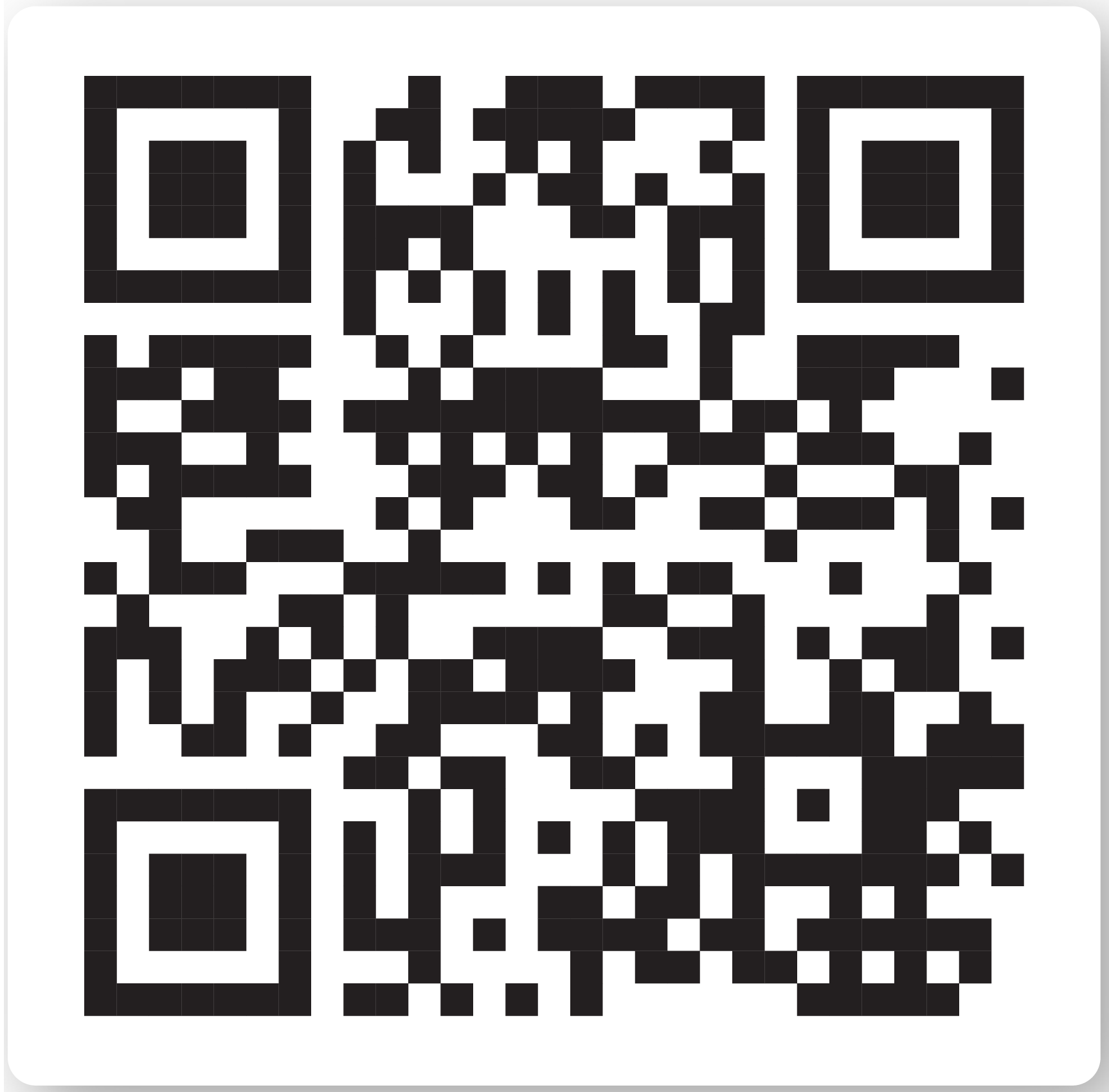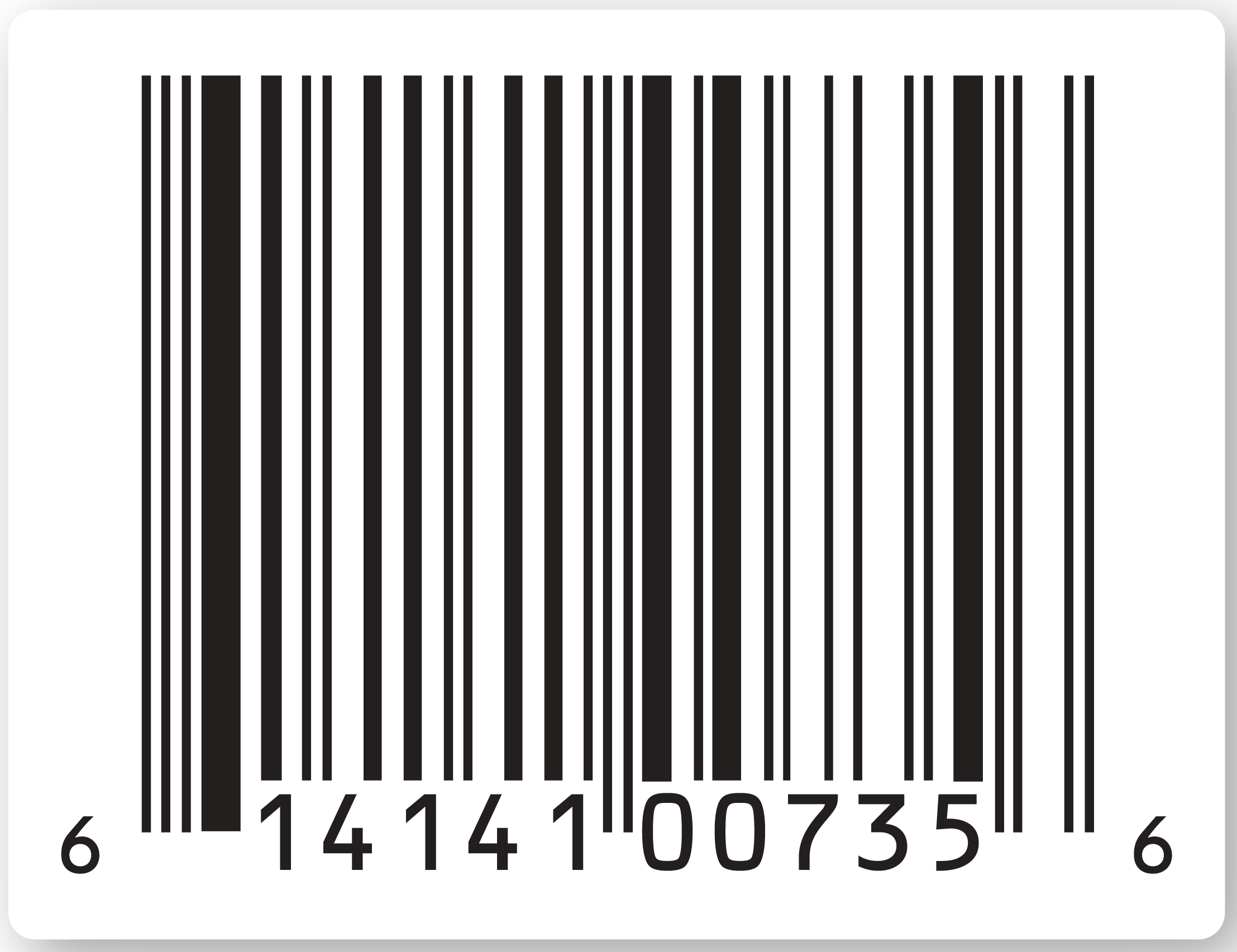A QR Code is a two-dimensional (2D) barcode that can be encoded with more information than a traditional linear, one-dimensional (1D) barcode. The 1D, linear barcodes we typically see on products that a cashier scans at checkout are called Universal Product Codes (UPCs). Manufacturers have used these for over 50 years to uniquely identify products. Yet, one-dimensional functionality limits them.
QR Codes and the GS1 DataMatrix, a different type of 2D code, are versatile alternatives to UPCs when cataloging, tracking, and identifying products and services. If you’re unfamiliar with these 2D barcodes, we can help by answering your questions. Before we get into the GS1 DataMatrix, we’ll explore the intricacies of using two-dimensional codes.
Related Topics
1D vs. 2D Barcodes
What is a QR Code and how does it work?
A QR Code is a two-dimensional matrix barcode, which means it can be read from any orientation – left, right, top, or bottom. You can use QR Codes to uniquely identify products, much like a UPC does, but QR Codes offer additional features. A UPC is read from left to right, but its one-dimensional nature limits the information it can hold. UPCs are sufficient for most uses with retail products because they can be encoded with an identifier up to 12 characters long.
There are also variations of 1D barcodes that allow for flexibility in the code’s capacity and function. Even with these features, a UPC (1D) has a smaller capacity than a 2D barcode. A QR Code has a high character capacity, allowing for more dynamic data. People prefer it for consumer engagement since any mobile camera can scan the QR Code and link users to online information.
This barcode has some core elements that make it work effectively. The basic elements include:
- Three big squares in the corners (bottom-left, top-left, and top-right) are finder patterns. Micro QR codes may only have a single finder pattern in the top-left corner.
- One small square at the bottom-right corner helps the scanner determine the code's orientation and reading direction. The barcode can sit on its side or be upside down, and scanners can still read it correctly.

What does QR stand for?
"QR" means "quick response" because you can scan it faster than a 1D barcode. DENSO, a Japanese car parts maker, invented the QR Code in 1994 because scanning multiple barcodes for each product was cumbersome. The limitations of existing barcodes required car components to have several barcodes to classify the items properly (e.g. product identifier + serial number for multiple components of the same type).
The matrix barcode was created to hold more information than a linear barcode, making cataloging components with a single scan easy.
What is a QR Code used for?
People typically use QR Codes to connect users to online information through their mobile devices. They can also be used to track products through a supply chain, although they have many other uses. With the simple scan of a 2D barcode, everyone from consumers to logistics experts can swiftly access detailed product information. Unlike with QR Codes, workers must may have to scan multiple 1D barcodes to get detailed information such as batch/lot numbers. A 2D barcode has the capacity to hold all this information in one scan.

Why should I use a QR Code for my products?
QR Codes can store more information than UPC barcodes; however, legacy laser scanners cannot read them at checkout. When a 2D barcode, like a QR Code, is encoded with price lookup information, both commercial scanners and consumer smartphones can retrieve the data needed. You can also easily scan them on the move – and from a farther distance – without adjusting the code, whereas 1D barcodes require the scanner to be aligned with the laser at a closer range.
QR Codes have built-in mechanisms that let the reader scan in any orientation. This saves time when scanning a product code. Additionally, the versatility in size allows it to hold far more data than a UPC. You can use QR Codes to link to product information, web pages, promotions, nutritional details, manuals, and more.
What is a data matrix?
A data matrix, like a QR code, is a two-dimensional (2D) barcode readable with a compatible scanner or optical reader. Both of these 2D barcodes store information in a matrix of light and dark boxes that a camera reads from all directions. Like QR Codes, you can identify a data matrix from any orientation because of its finder patterns.
How is a GS1 DataMatrix different from a QR Code?
A GS1 DataMatrix, although similar to a traditional QR Code, has a slightly different structure and can be physically smaller. While QR Codes can be much smaller than UPCs, a GS1 DataMatrix can be even smaller. One major difference between a GS1 DataMatrix and a QR Code is the lack of three finder pattern squares in the corners.
The GS1 DataMatrix uses an “L finder pattern” for orientation. This is a solid line down the left side and across the bottom. Alternating black and white boxes line the top and right edges. This L-shaped pattern allows GS1 DataMatrix readers to orient the code without cluttering the data with additional shapes.
It’s an efficient way to ensure readability while maintaining the convenience of 360-degree scanability. Both QR and GS1 DataMatrix codes, unlike standard 1D barcodes, incorporate the Reed-Solomon Error Correction algorithm. The algorithm adds backup data, ensuring you can still read the code if it's damaged or partially removed.
What do users use a GS1 DataMatrix for?
The GS1 DataMatrix is replacing traditional barcodes in many sectors. You can print it smaller, making it less noticeable to consumers. Additionally, the GS1 DataMatrix can hold significantly more information consolidated into a single scan.
Consider electronic components that require a scan for the product code, serial number, and tracking. Unlike other barcodes that hold information pieces separately, a GS1 DataMatrix stores all the information as one unit.
The Data Matrix ISO ECC 200 is the only version that supports GS1 Identifiers and the FNC1 symbol. GS1 Standards require ISO/IEC 646 for the encoded data. Almost all computer systems internationally support this limited character set. You can encode any type of data in GS1 DataMatrix, but it must follow the rules of the GS1 System of Standards.
A GS1 DataMatrix barcode can also prevent fraud by printing product information directly on the item. Pharmaceuticals might have a GS1 DataMatrix on the bottle.
Hospitals and retail pharmacies can scan it to confirm the drug's authenticity from the manufacturer. It's small and discreet, and using one code on the bottle prevents cluttering the container with extra information. Meanwhile, suppliers can track the drug through their supply chain by scanning the same code.
In some instances, warehouses across many industries can more efficiently track inventory with ease by scanning a GS1 DataMatrix compared to a UPC barcode. You can scan it in any direction, which enhances efficiency. Workers don't need to adjust the item or scanner to read the code.
Healthcare professionals use GS1 DataMatrix to track pharmaceutical doses, expiration dates, serial numbers, batch numbers, and to mark surgical instruments. Other industries use it for various logistic applications and inventory management.
QR Codes and the GS1 DataMatrix offer a wide range of solutions for product tracking and authentication due to their versatility.





